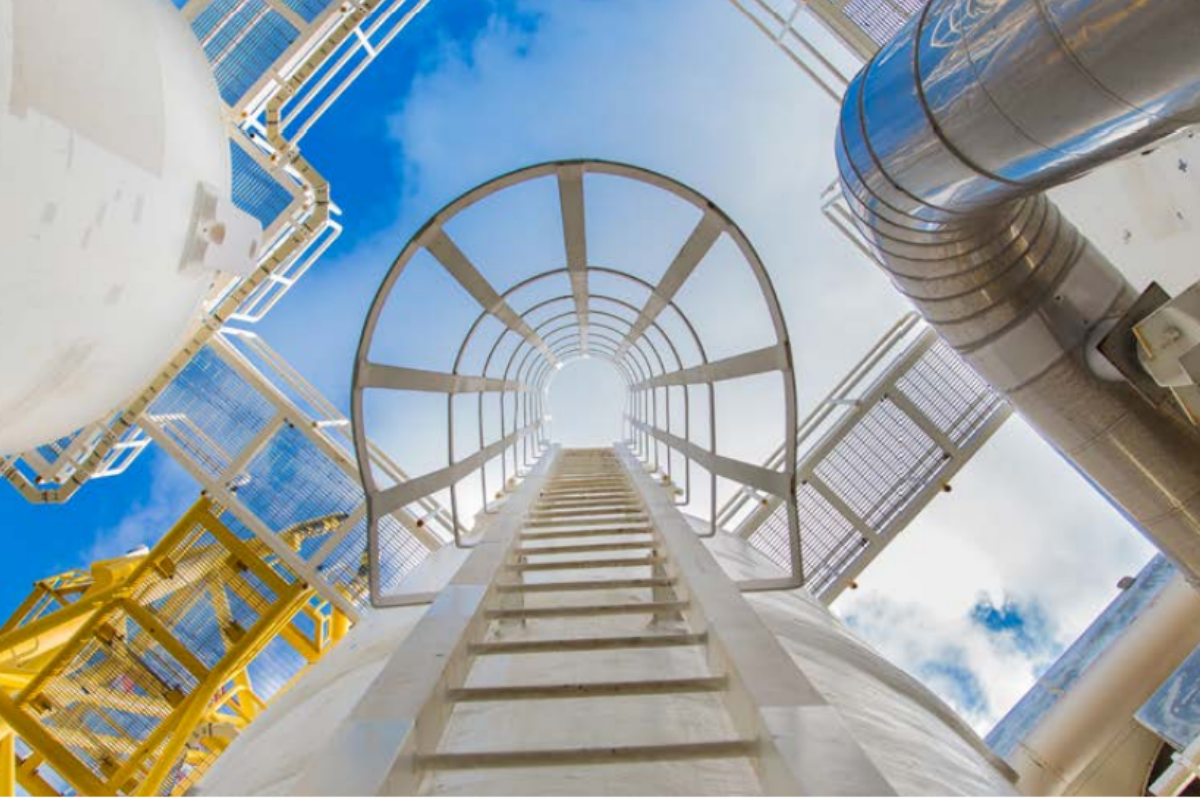
To develop a thermal hydrocarbon recovery project, a coherent and proportionate relationship between the economic aspects and technical aspects, such as the petrophysical properties of the reservoirs and fluids they contain, must exist. To meet the objectives and for the ultimate success of the project, this coherent relationship must exist. In addition, we must consider the following aspects and/or questions:
- Is the description of the reservoir adequate?
- Is the volume of oil in place sufficient to justify an economically attractive extraction?
- Can we use existing wells in the operations to be carried out in the project?
- Are new wells necessary?
- Are there adequate sources of water and fuel?
- Is there enough information to estimate the possible magnitude of operating variables (pressure, injection and production rates, etc.) and production behavior?
Within the thermal hydrocarbon recovery processes, continuous steam injection is a technique that helps recover high viscosity crudes. This system consists of a water steam injection, at high pressure, through an injector well to extract the oil through a producer well. In some cases, the process happens in the same well (simultaneous injection/production technique called Single Well SAGD). On other occasions, additional wells in symmetrical arrangements (Steam Floofing) or SAGD or HASD mode are used. This process leads to a steam chamber formation that heats and displaces the oil contained in the reservoir. This sweeping or displacement of the oil towards the producing zone reduces its viscosity and increases the recovery factor.
Although the process may seem relatively straightforward, there may be variations according to each particular study area; however, to mitigate uncertainty, we can consider the following criteria when making the steam injection scheme or design (based on field and laboratory experience):
- The original oil in place must be greater than 1200 bls/acre-foot to expect economic success. Even so, cost per barrel produced plays a pivotal role in determining project profitability.
- Reservoir porosity must be greater than 30%
- Crude oil gravity varies between 13 and 25 °API.
- Oil formation depth should be less than 6000 ft to ensure optimal downhole steam quality delivery.
- The use of insulators such as vacuum insulated tubing(VIT) is recommended to allow moderately high-quality steam injection at depths greater than 3000 feet.
- A suitable parameter to determine chances of success is “formation transmissibility.” Around 30-3000md-ft/cps, one can expect success in the application of a continuous steam injection project.
In addition to these criteria, many others must also be considered, such as crude viscosity, steam pressure, the presence of freshwater-sensitive clays, or lateral continuity of the sands.
An adequate continuous injection scheme or design starts from the previous application of alternate or cyclic steam injection in high volumes zones or remaining oil reserves extracted in tertiary recovery processes. “The application of a good screening of the selected area will determine the final success of each project.”
To read the full article, download it here.


